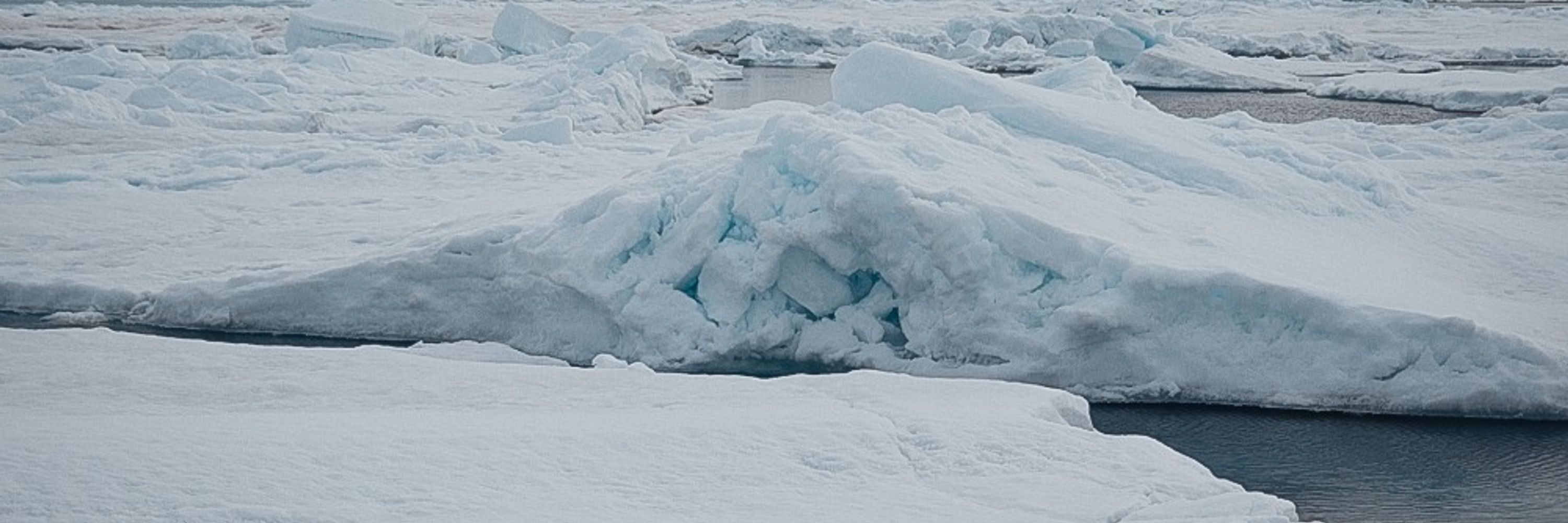
Alfred Wegener Institute @awi.de









@geomarkiel.bsky.social, Philipp Anhaus @dlr-spaceagency.bsky.social, and Jack Christopher Landy (UiT), and Norwegian Polar Institute, where I made the study

@geomarkiel.bsky.social, Philipp Anhaus @dlr-spaceagency.bsky.social, and Jack Christopher Landy (UiT), and Norwegian Polar Institute, where I made the study




